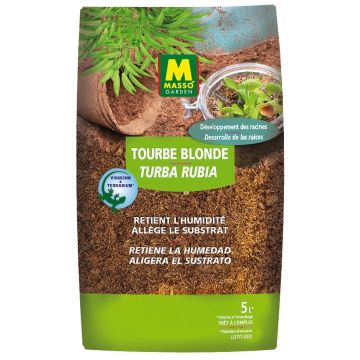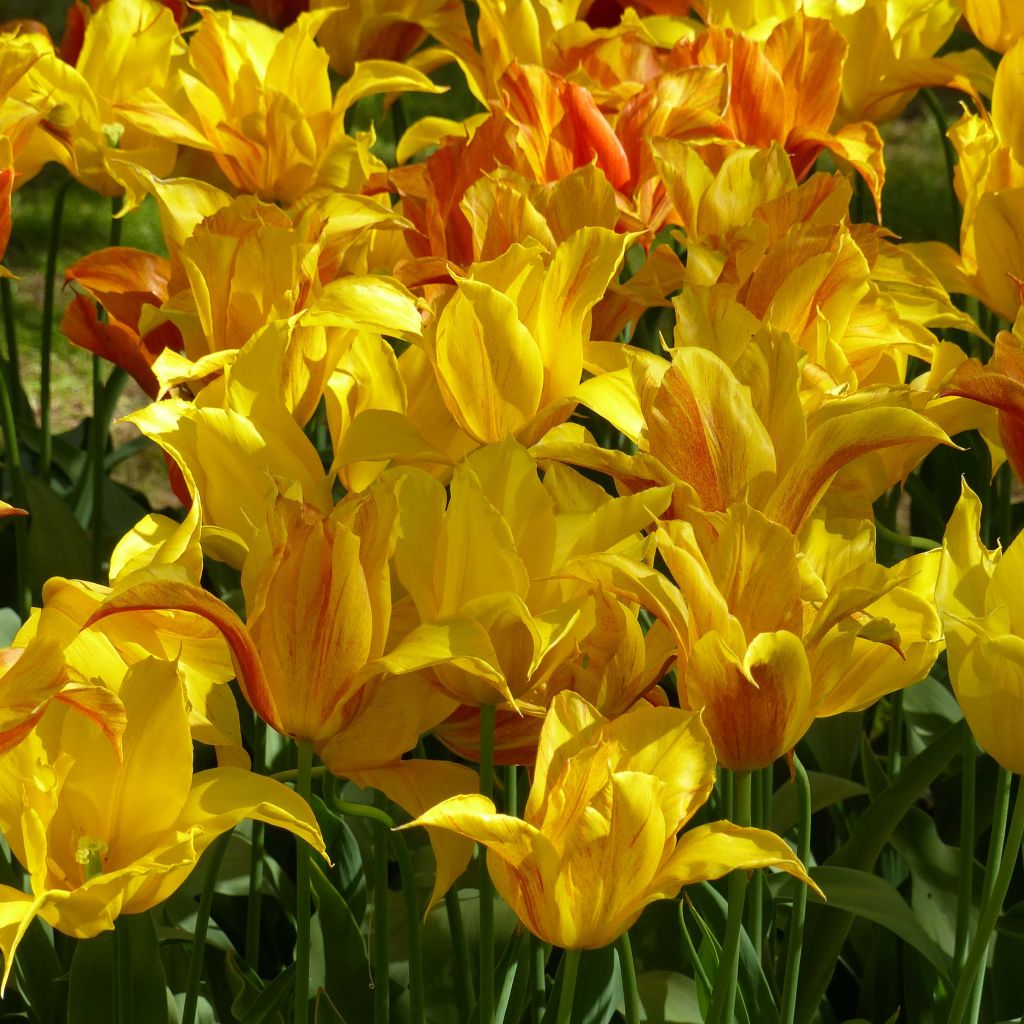

Tulipe Fleur de lys Vendée Globe
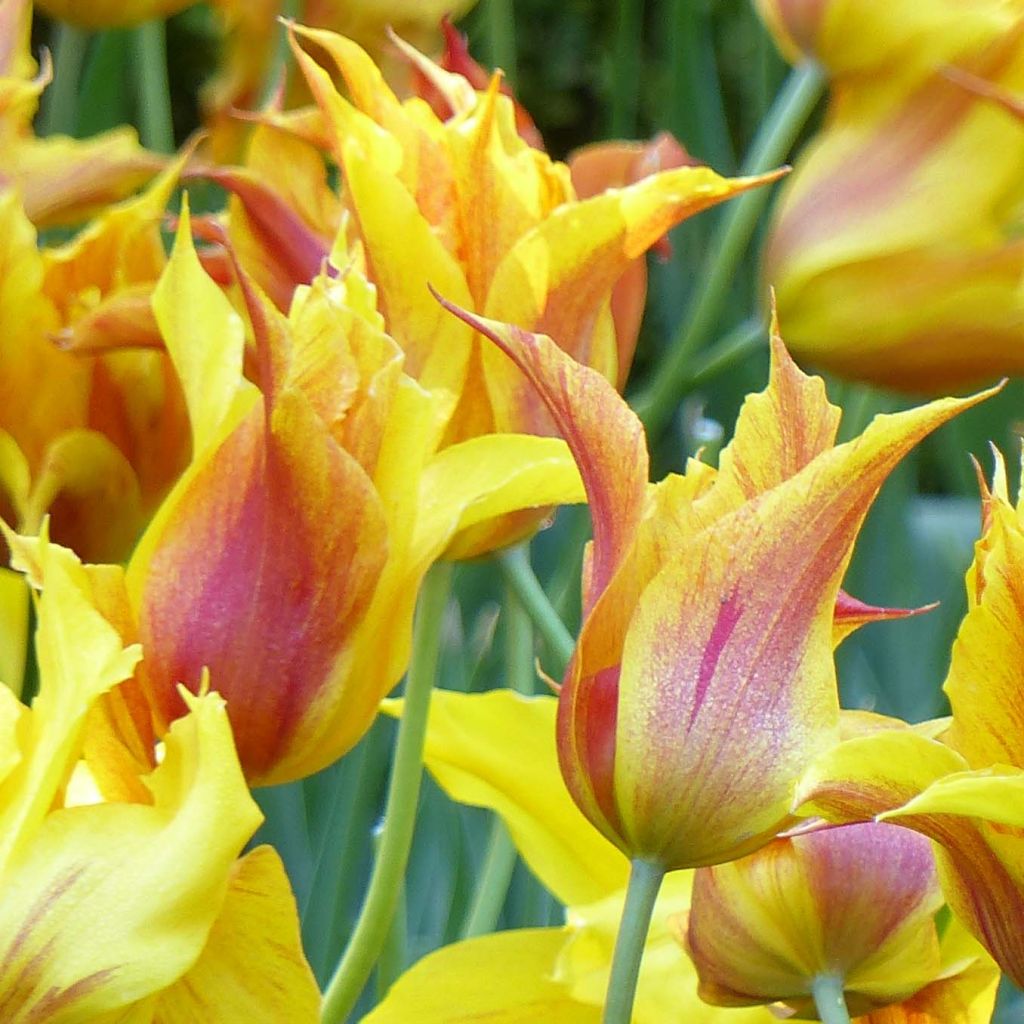

Tulipe Fleur de lys Vendée Globe
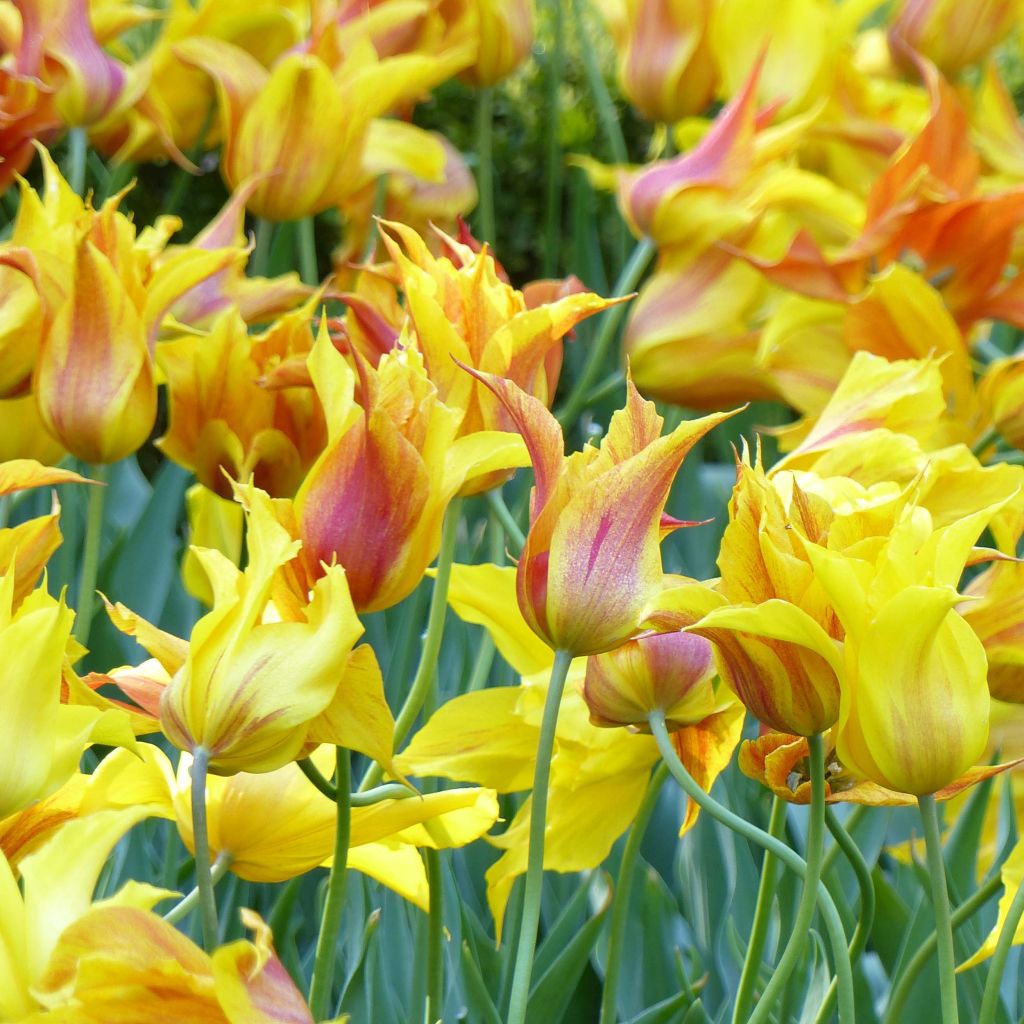

Tulipe Fleur de lys Vendée Globe
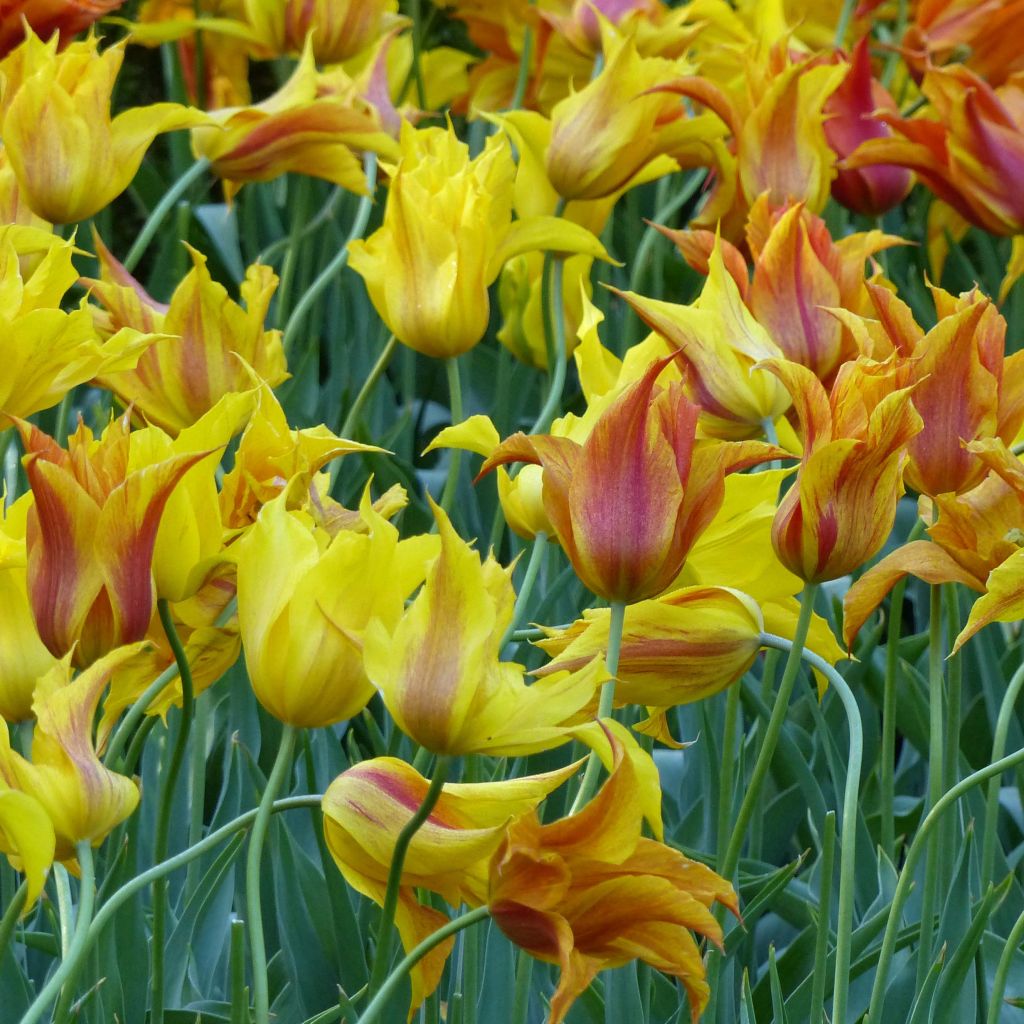

Tulipe Fleur de lys Vendée Globe
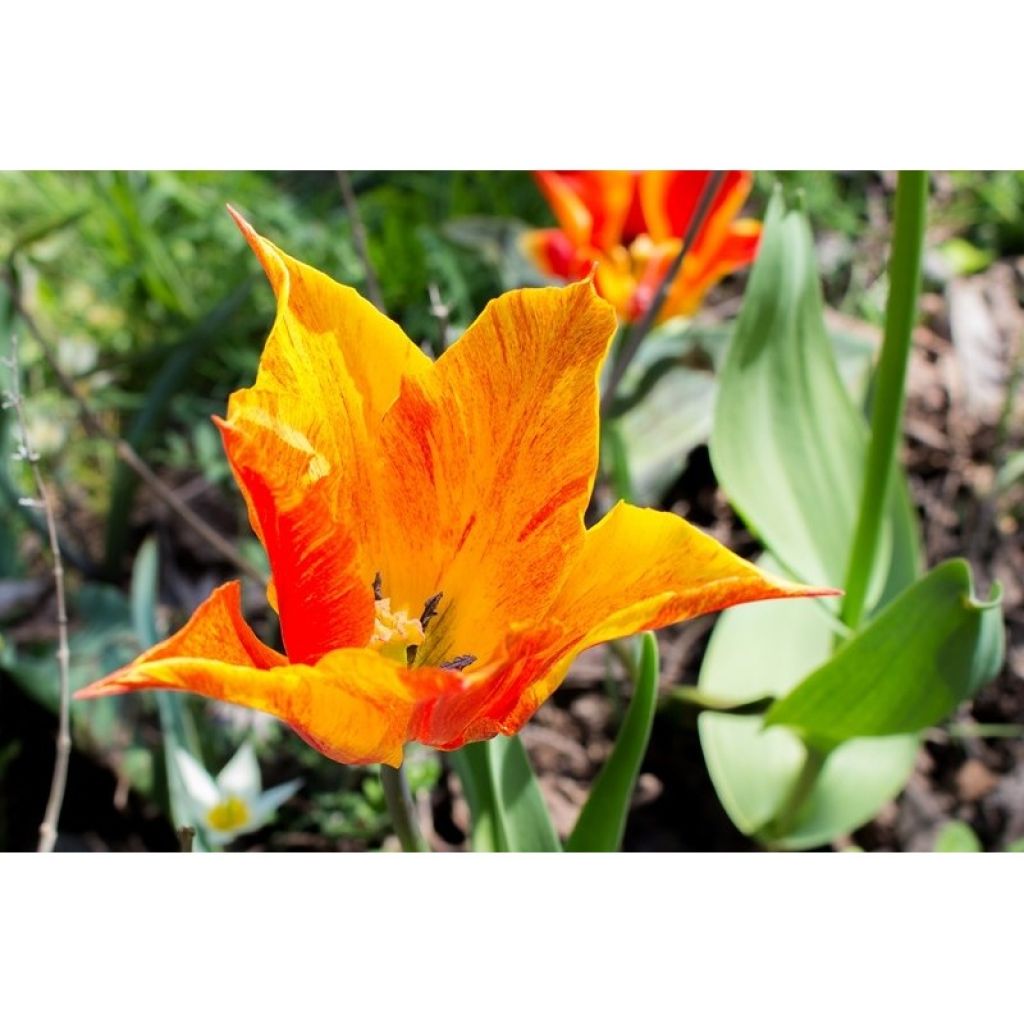

Tulipa Vendee Globe - Lily flowering Tulip
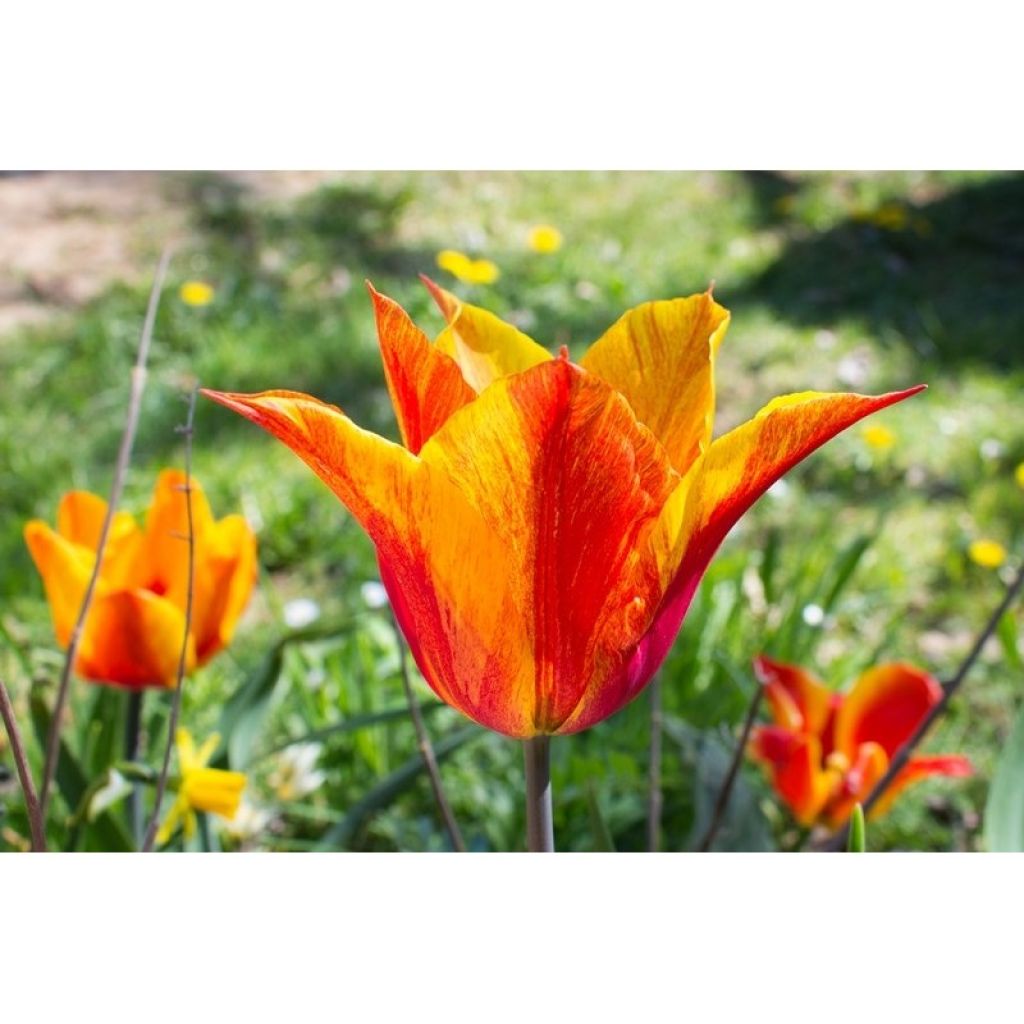

Tulipa Vendee Globe - Lily flowering Tulip
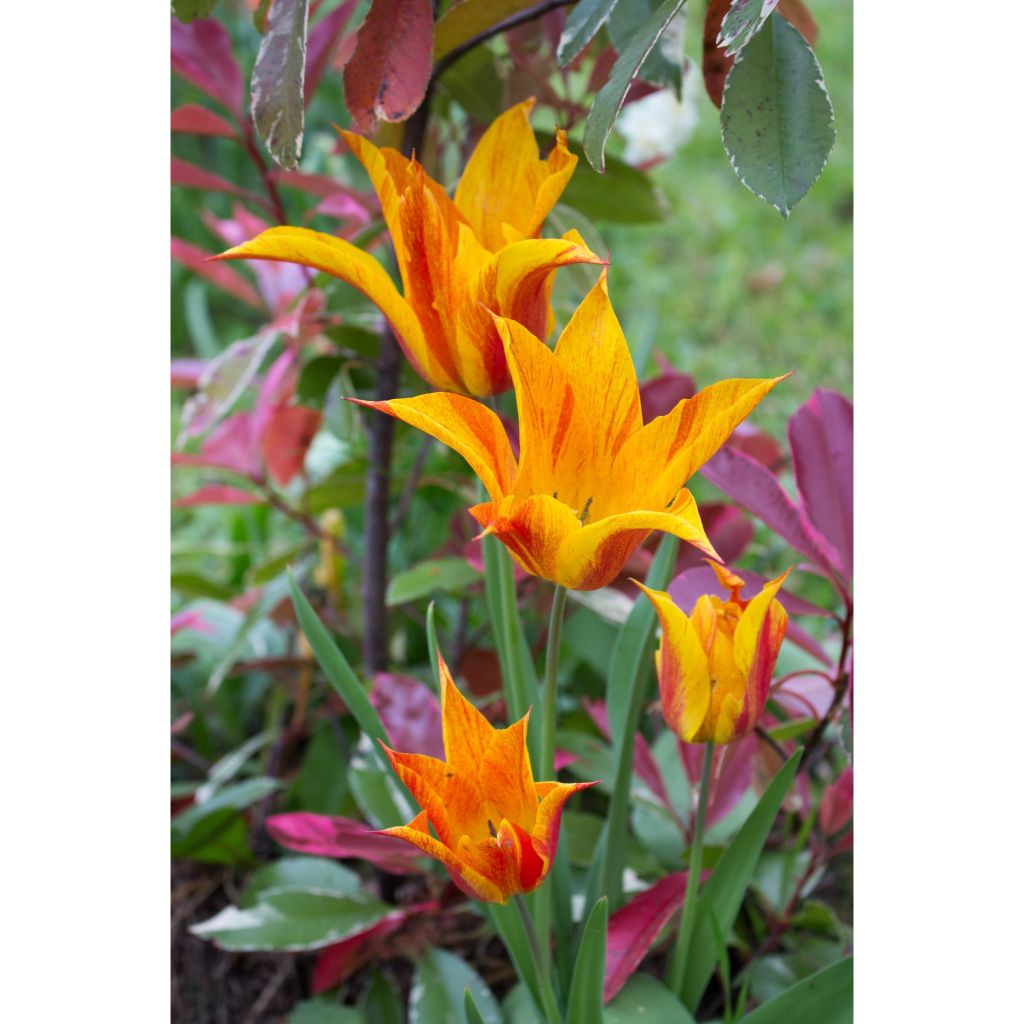

Tulipa Vendee Globe - Lily flowering Tulip
Tulipa Vendee Globe - Lily flowering Tulip
Tulipa Vendée Globe
Tulip
This plant carries a 6 months recovery warranty
More information
We guarantee the quality of our plants for a full growing cycle, and will replace at our expense any plant that fails to recover under normal climatic and planting conditions.
From €5.90 for pickup delivery and €6.90 for home delivery
Express home delivery from €8.90.
Does this plant fit my garden?
Set up your Plantfit profile →
Description
The 'Vendee Globe' Tulip is a new variety whose elegant lily-like flowers are randomly variegated and speckled with shades of yellow, orange, and red. All different and multicoloured, they create a fantastic effect when planted en masse. It is also the queen of cut flowers, ideal for creating flamboyant bouquets. For a late tulip, it thrives well in the garden. We need to rediscover these beautiful lily-like tulips, which our grandmothers loved as they have become rare in our gardens.
Lily-flowered tulips were created in the early 20th century and retain the robustness and simplicity of their ancestor, the magnificent Tulipa acuminate. This botanical species originating from Turkey became extinct in nature, but survived, in its red and yellow form, among English and Dutch enthusiasts. Acuminate tulips, were adored by sultans and can be found on the frescoes and ceramics of the Topkapi Palace in Istanbul. Depending on whether the flower is open or closed, it undergoes a surprising metamorphosis, transforming from a spider to a lily-like flower in a day.
'Vendee Globe', introduced in the Netherlands in 2007, belongs to the lily family. It is classified in division 6 of horticultural tulips, with the main characteristics of this category being single flowers which bloom in the second half of spring. The cups are narrow and the pointed petals curl upon opening into an 8 cm (3in) wide star. Throughout the day, these flowers open widely. In this variety, each flower has its own personality and redistributes its colours, always within a palette ranging from yellow to red. This variety will reach approximately 45-50 cm (18-20in) high when in bloom. It flowers in May. The foliage is thinner than other tulips. Each solitary flower is supported by a delicate-looking, but weather-resistant stem.
The 'Vendee Globe' lily-flowered tulip sets spring beds ablaze. It is best planted en masse to form large variegated patches. As it blooms late, it maximizes the duration of flowering in the garden. Pair it with wood hyacinths (Scilla nutans), Siberian squills, or perennial geraniums with blue or mauve flowers to create a scene bursting with colour. Or with Corsican hellebores, lady's mantles, and euphorbias for equally interesting compositions. It can also be planted in pots and containers on balconies and terraces. It is ideal for interesting bouquets.
Use very little water, just a little at the bottom of the vase is enough! If your tulips open too quickly, you can add two to three ice cubes to the vase each day. Many varieties of lily-flowered tulips are grown for forcing to produce cut flowers for a large part of the year.
Report an error about the product description
Tulipa Vendee Globe - Lily flowering Tulip in pictures
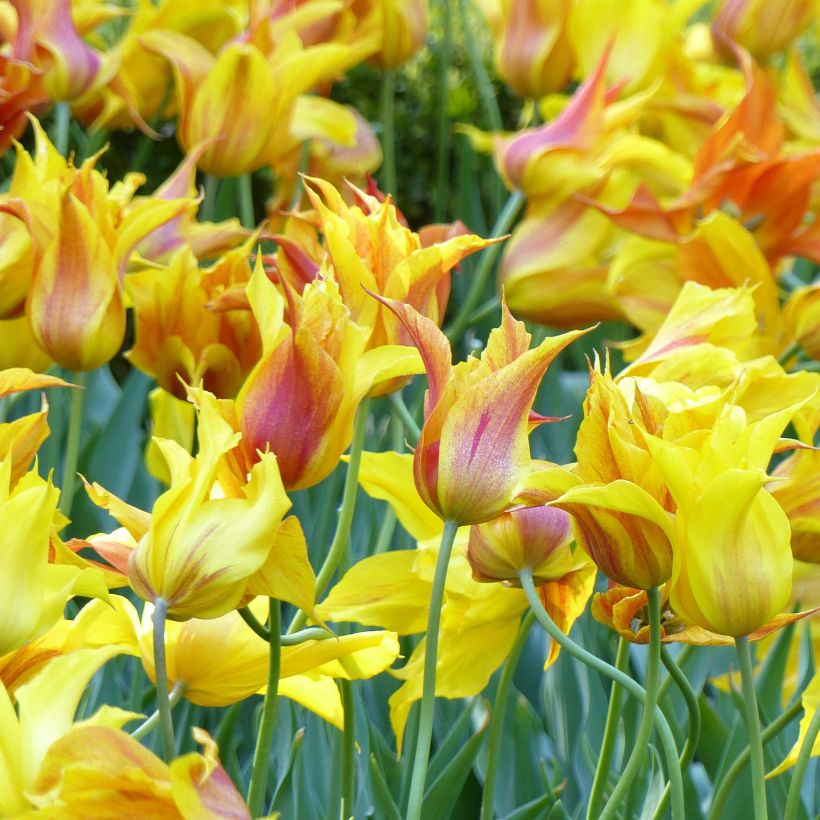

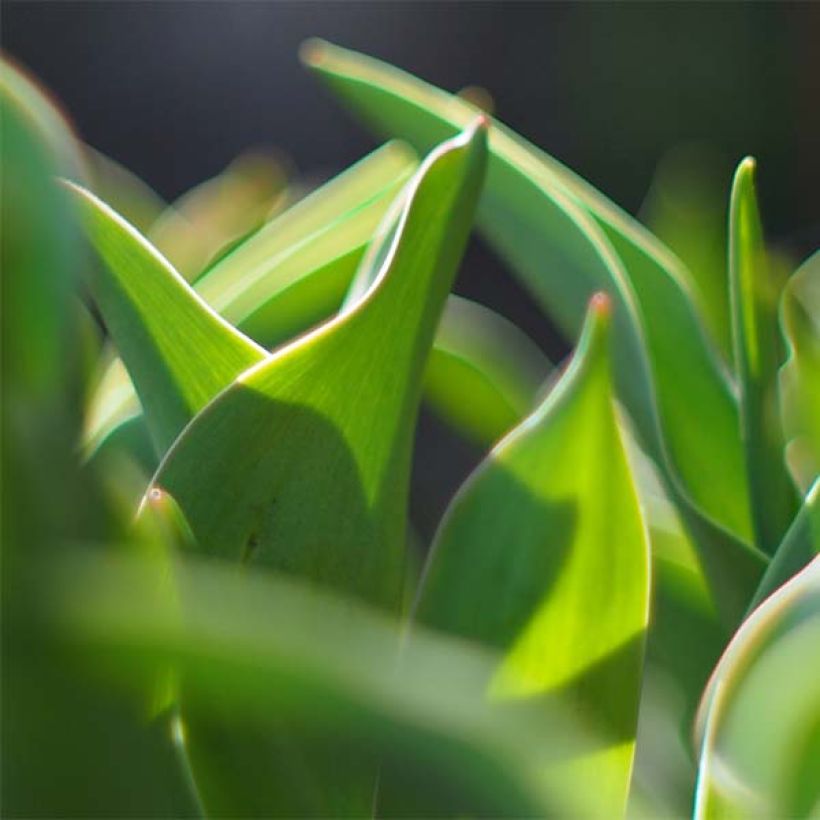

Plant habit
Flowering
Foliage
Botanical data
Tulipa
Vendée Globe
Liliaceae
Tulip
Cultivar or hybrid
Planting and care
Plant the bulbs in autumn, from September to December, at a depth of 15 cm (6in), 10 cm (4in) apart in ordinary, slightly acidic, neutral, or slightly alkaline, loose, well-tilled, and well-draining soil. Never add poorly decomposed manure or compost to the planting soil, as this could cause the bulbs to rot. Vendee Globe will grow well in soil which is moist to dry in summer, in a sunny or partially shaded location. After flowering, it is best to remove the seed heads to avoid exhausting the plant.
Planting period
Intended location
Care
This item has not been reviewed yet - be the first to leave a review about it.
Haven't found what you were looking for?
Hardiness is the lowest winter temperature a plant can endure without suffering serious damage or even dying. However, hardiness is affected by location (a sheltered area, such as a patio), protection (winter cover) and soil type (hardiness is improved by well-drained soil).

Photo Sharing Terms & Conditions
In order to encourage gardeners to interact and share their experiences, Promesse de fleurs offers various media enabling content to be uploaded onto its Site - in particular via the ‘Photo sharing’ module.
The User agrees to refrain from:
- Posting any content that is illegal, prejudicial, insulting, racist, inciteful to hatred, revisionist, contrary to public decency, that infringes on privacy or on the privacy rights of third parties, in particular the publicity rights of persons and goods, intellectual property rights, or the right to privacy.
- Submitting content on behalf of a third party;
- Impersonate the identity of a third party and/or publish any personal information about a third party;
In general, the User undertakes to refrain from any unethical behaviour.
All Content (in particular text, comments, files, images, photos, videos, creative works, etc.), which may be subject to property or intellectual property rights, image or other private rights, shall remain the property of the User, subject to the limited rights granted by the terms of the licence granted by Promesse de fleurs as stated below. Users are at liberty to publish or not to publish such Content on the Site, notably via the ‘Photo Sharing’ facility, and accept that this Content shall be made public and freely accessible, notably on the Internet.
Users further acknowledge, undertake to have ,and guarantee that they hold all necessary rights and permissions to publish such material on the Site, in particular with regard to the legislation in force pertaining to any privacy, property, intellectual property, image, or contractual rights, or rights of any other nature. By publishing such Content on the Site, Users acknowledge accepting full liability as publishers of the Content within the meaning of the law, and grant Promesse de fleurs, free of charge, an inclusive, worldwide licence for the said Content for the entire duration of its publication, including all reproduction, representation, up/downloading, displaying, performing, transmission, and storage rights.
Users also grant permission for their name to be linked to the Content and accept that this link may not always be made available.
By engaging in posting material, Users consent to their Content becoming automatically accessible on the Internet, in particular on other sites and/or blogs and/or web pages of the Promesse de fleurs site, including in particular social pages and the Promesse de fleurs catalogue.
Users may secure the removal of entrusted content free of charge by issuing a simple request via our contact form.
The flowering period indicated on our website applies to countries and regions located in USDA zone 8 (France, the United Kingdom, Ireland, the Netherlands, etc.)
It will vary according to where you live:
- In zones 9 to 10 (Italy, Spain, Greece, etc.), flowering will occur about 2 to 4 weeks earlier.
- In zones 6 to 7 (Germany, Poland, Slovenia, and lower mountainous regions), flowering will be delayed by 2 to 3 weeks.
- In zone 5 (Central Europe, Scandinavia), blooming will be delayed by 3 to 5 weeks.
In temperate climates, pruning of spring-flowering shrubs (forsythia, spireas, etc.) should be done just after flowering.
Pruning of summer-flowering shrubs (Indian Lilac, Perovskia, etc.) can be done in winter or spring.
In cold regions as well as with frost-sensitive plants, avoid pruning too early when severe frosts may still occur.
The planting period indicated on our website applies to countries and regions located in USDA zone 8 (France, United Kingdom, Ireland, Netherlands).
It will vary according to where you live:
- In Mediterranean zones (Marseille, Madrid, Milan, etc.), autumn and winter are the best planting periods.
- In continental zones (Strasbourg, Munich, Vienna, etc.), delay planting by 2 to 3 weeks in spring and bring it forward by 2 to 4 weeks in autumn.
- In mountainous regions (the Alps, Pyrenees, Carpathians, etc.), it is best to plant in late spring (May-June) or late summer (August-September).
The harvesting period indicated on our website applies to countries and regions in USDA zone 8 (France, England, Ireland, the Netherlands).
In colder areas (Scandinavia, Poland, Austria...) fruit and vegetable harvests are likely to be delayed by 3-4 weeks.
In warmer areas (Italy, Spain, Greece, etc.), harvesting will probably take place earlier, depending on weather conditions.
The sowing periods indicated on our website apply to countries and regions within USDA Zone 8 (France, UK, Ireland, Netherlands).
In colder areas (Scandinavia, Poland, Austria...), delay any outdoor sowing by 3-4 weeks, or sow under glass.
In warmer climes (Italy, Spain, Greece, etc.), bring outdoor sowing forward by a few weeks.


































